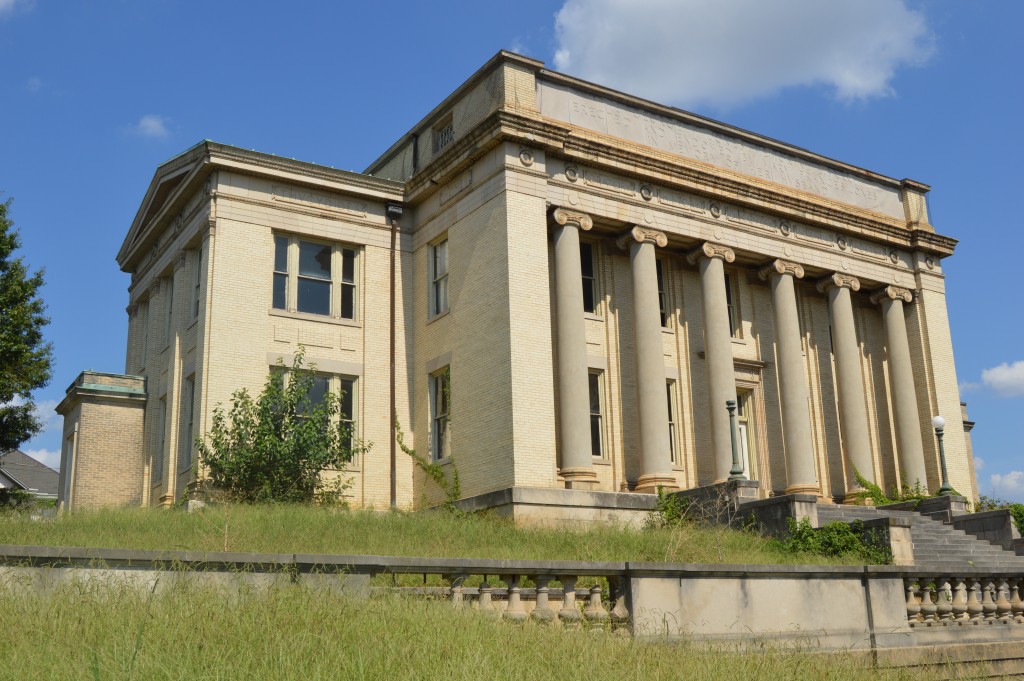You have free articles remaining this month.
Subscribe to the RP Witness for full access to new articles and the complete archives.
If you look at a map of Reformed Presbyterian congregations in the eastern and central U.S., you’ll note that many are concentrated in the southern tier of pre-Civil-War free states. We used to have many churches in South Carolina and several elsewhere in the southeast, but these churches disappeared as members moved north en masse to escape slavery. Most of our existing congregations in the South have been founded since 1980.
However, as churches are established in the southeast, we shouldn’t forget our past presence in the region. This month, we look at RP history in Virginia, which has the longest and most active RP history in the southeast outside South Carolina.
Until slavery ended, Reformed Presbyterian presence in Virginia was restricted to the counties that formed West Virginia in 1863. The state’s earliest RPs settled in a valley known as the “Little Levels” in Pocahontas County. A few members petitioned the Reformed Presbytery for preaching in 1807. Pastor John Black of Pittsburgh, Pa., visited them, but nothing else is recorded about this society. Before and during the Civil War, the Ohio Presbytery and the Pittsburgh Presbytery provided preaching to societies near Buckhannon, Parkersburg, and Wellsburg, but again nothing is recorded except brief notes in Synod reports.
Unlike these settlements, the Middle Wheeling congregation is well documented. Some families settled on Middle Wheeling Creek, east of Wheeling, in the 1820s, but they were overseen by the elders of the Miller’s Run congregation, near Washington, Pa. The settlement grew to the point that it was separately organized in 1860, and from 1861–1863 they were our only congregation in the Confederate States. They built a sound new church building in the 1880s, and they were served by their own pastor for many years. Like many rural congregations, they weakened in the 1890s, and they disorganized in 1897. Services continued until most of the members moved away in 1903 and 1904.
During the Civil War, the RP Church founded several missions to serve newly freed slaves. Most of these missions operated in the Deep South, but black minister Lewis Johnston spent a short time in Virginia in 1873 before his ordination. Based near Amelia Court House, he spent several weeks serving rural freedmen, attracting 200+ worshipers when he preached and about 150 children and adults to classes he taught. However, Johnston soon relocated to Alabama, where he founded the congregation in Selma.
In 1876, with slavery no longer a problem, five Pittsburgh-area families settled in the town of Suffolk, Va., near the Atlantic coast. Their new home was far from any existing congregation—the nearest, Baltimore, was approximately 200 miles away—so they received little preaching. One theological student, John L. Pinkerton, came in 1877, but while there he contracted an illness that permanently destroyed his health. Few preachers came afterward, and by mid-1881 the members had moved away or joined other churches.
For more than a century, there was no activity in the Old Dominion, but after the Presbytery of the Alleghenies formed two congregations in the Maryland suburbs of Washington, D.C., mission work in northern Virginia was possible. A twice-a-month Bible study for members in Purcellville, west of D.C., began in late 2000, and services started in early 2001 under the oversight of the Trinity congregation. Kent Butterfield began working to plant this congregation in June 2002. Work progressed well, but the congregation was heavily reliant on students from nearby Patrick Henry College. The Purcellville area is one of the most expensive parts of the United States, so most students couldn’t afford to stay. Though the congregation moved to nearby Harpers Ferry, W.V., it closed soon afterward.
While the Trinity congregation was working in Purcellville, the Triangle congregation in Durham, N.C., found an opportunity for work in Southside Virginia. Two families began attending from near the city of Lynchburg, and worship services were soon augmented by students from the small Christ College. One of the Durham elders, Greg Cumbee, started work as the church planter in Lynchburg in mid-2005, and for two years it grew steadily before ending by mid-2008. Like in Purcellville, work in Lynchburg was heavily reliant on students and ultimately didn’t attract enough permanent residents to remain viable.
In 2013, a PCA church in the Shenandoah Valley city of Harrisonburg was embracing a contemporary worship style, and several families decided to leave and join the RPCNA. The new mission church, named Grace and Truth, was vacant until retired minister Paul Martin moved to Harrisonburg in mid-2016. Although Harrisonburg is a college town, Grace and Truth is entirely composed of permanent residents. Ryan Bever was ordained to be stated supply in 2017, and the work has slowly grown since then. Leading concerns include a new meeting location—the current location, a school, is insufficient—and men to serve as elders.
